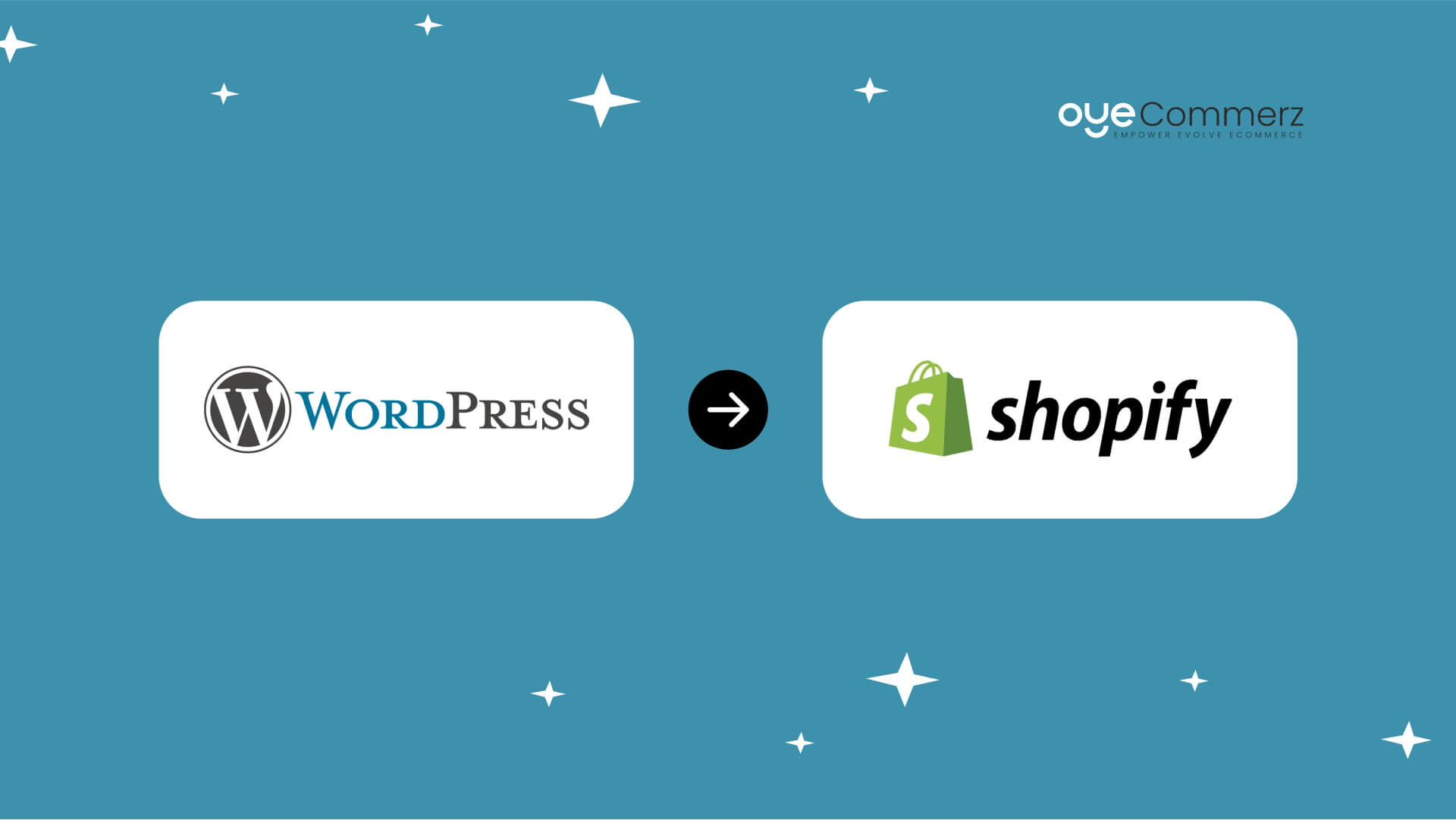Scaling an e-commerce store requires adaptability, growth, and delivering outstanding customer satisfaction.
Considering a move from WordPress to Shopify? You’re probably seeking advanced features, better scalability, and a forward-thinking platform.
This guide outlines the essential steps, strategies, and insights to ensure your migration to Shopify is successful and disruption-free.
Introduction: Why Migrate from WordPress to Shopify?
WordPress is a flexible platform, but its dependency on plugins can complicate e-commerce scalability.
Shopify is designed specifically for online retail, offering powerful tools, security, and scalability to fit businesses of any size.
As of 2024, Shopify powers over 4.5 million online stores worldwide, solidifying its position as a leader in e-commerce.
Switching to Shopify can unlock benefits in payment integrations, mobile optimization, and order management.
This is your detailed plan for a successful migration journey.
Step 1: Evaluate Your Online Store's Requirements
Start by reviewing your store’s current performance and identifying future needs.
Identify bottlenecks such as sluggish performance or excessive reliance on third-party tools.
Shopify’s native functionalities, including Shopify Payments and pre-built themes, simplify operations and boost performance.
Step 2: Create a Migration Plan
An unorganized migration process may cause disruptions, data mishandling, or extended delays.
Ensure a smooth transition by focusing on key areas like product inventory, customer data, and order history.
Leverage Shopify’s in-built tools and external integrations to handle data migration securely and efficiently.
Step 3: Customize Your Shopify Store
Create a brand-consistent shopping experience using Shopify’s versatile customization tools.
Choose from Shopify’s professionally designed themes or edit them to fit your needs.
Premium themes like “Impulse” and “Prestige” offer advanced features and mobile-friendly designs.
Shopify Plus offers tailored theme development for businesses seeking unique designs.
Oyecommerz provides expert Shopify Plus customization services to elevate enterprise branding.
Step 4: Safeguard Your Search Engine Optimization
Retaining your SEO framework during migration prevents search traffic declines.
Shopify offers URL redirection to ensure that your visitors land on the right pages.
Optimize metadata and link to Google Analytics for seamless SEO tracking on Shopify.
Failure to handle SEO settings correctly can cause a temporary loss of web traffic.
Step 5: Boost Your Store with Key Shopify Apps
Unlock advanced features for your store with Shopify’s rich selection of apps.
Integrate apps such as Klaviyo for targeted email campaigns Shopify store performance or Yotpo for showcasing user reviews.
Use Shopify API integrations to connect your store with external systems effortlessly.
Oyecommerz specializes in creating tailored integrations to meet your business's unique operational needs.
Step 6: Focus on Mobile Optimization
With mobile commerce dominating 60% of sales in 2024, mobile readiness is critical.
Shopify themes are inherently mobile-responsive, providing a consistent shopping experience across all devices.
Shopify supports mobile-friendly payment methods, reducing friction at checkout.
Focus on streamlined navigation and speed to maximize mobile sales potential.
Step 7: Empower Your Team with Shopify Training
While Shopify’s interface is user-friendly, training your team ensures a smoother transition.
Ensure your team knows how to handle inventory, process orders, and analyze reports.
An informed team will help you leverage Shopify to its full potential, streamlining operations.
Step 8: Test Your Store Before Launch
Test your store rigorously to ensure all systems function smoothly before launching.
Verify that product information, inventory, and navigation links are error-free.
Simulate purchases to confirm your store’s payment methods and checkout flow are problem-free.
Proper testing guarantees your customers will experience a polished and professional site from day one.
Step 9: Launch with a Marketing Push
A successful migration is a great opportunity to engage and excite your audience.
Send personalized emails and post updates on social media to announce your improved store.
Highlight benefits such as better performance and enhanced security to boost customer confidence.
Conclusion: Shopify – The Key to E-Commerce Growth
Switching to Shopify is not just a migration; it’s a leap toward long-term success.
From scalability to intuitive tools, Shopify equips your store to thrive in competitive Migrating WordPress plugins markets.
From small businesses to large enterprises, Shopify provides tailored solutions for all e-commerce needs.
Rely on Oyecommerz for expert guidance throughout your Shopify migration journey.
Trust Oyecommerz to make your migration stress-free and maximize your store’s capabilities.
Take the next step in transforming your store—contact us to start your Shopify migration today.

Comments on “From WordPress to Shopify: Your Ultimate E-commerce Migration Strategy”